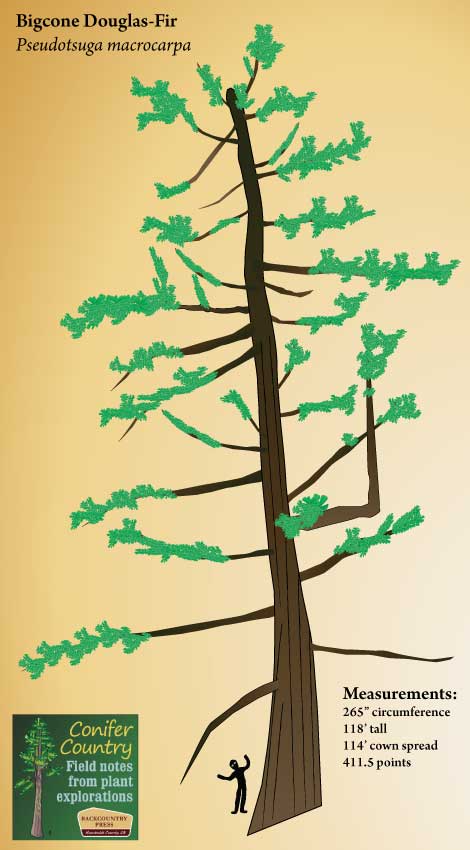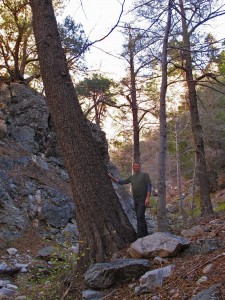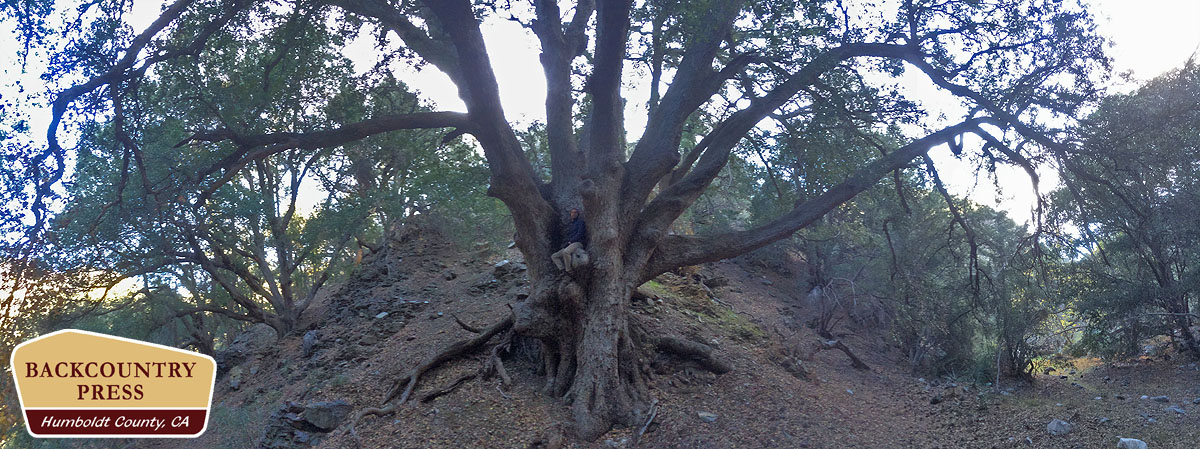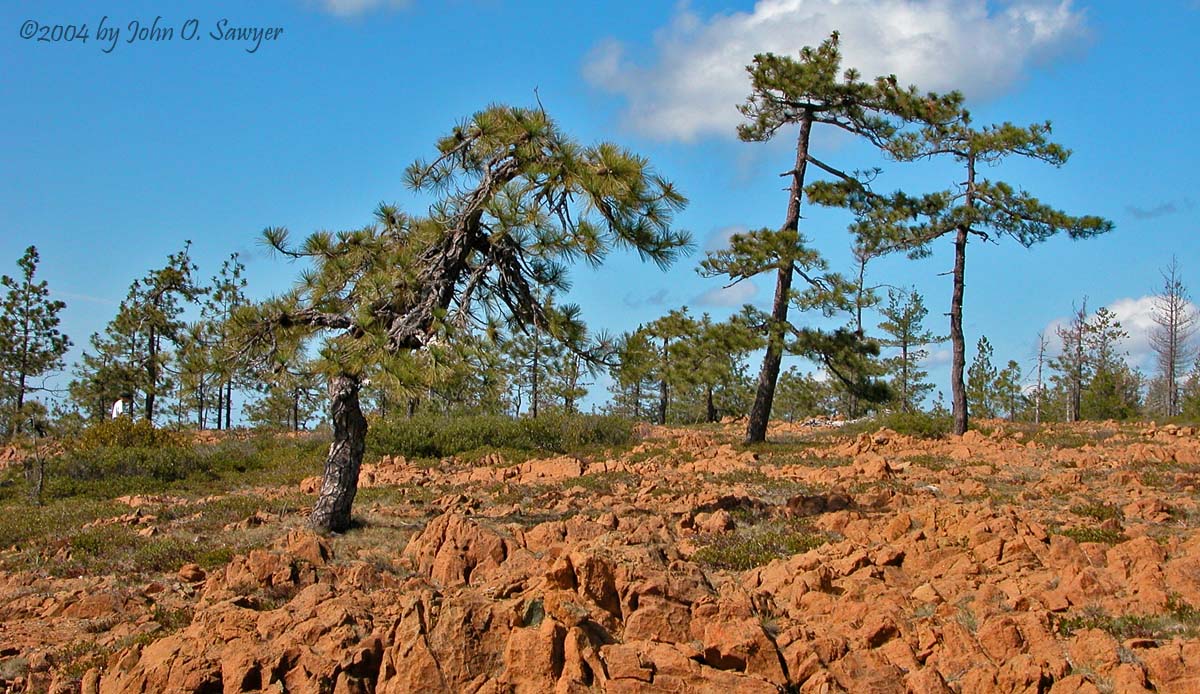Botanical Wonders of the San Gabriel Mountains National Monument.
Manzanitas are most commonly found across the Angeles National Forest on south-facing slopes where they are restricted to various mineral soils (most often granites). A. glandulosa appears in the front range from ~2,000-5,000 feet, A. patula in the higher elevations above ~7,000, A. parryana on the north slopes toward the Mojave from ~5,000-7,500, and A. glauca is common across the range but mostly on the north slopes adjacent to the Mojave from ~4,000-6,000. I never found Arctostaphylos pungens but it is within the range according to various sources.
What follows is a photographic journey through the San Gabriel Mountains to enjoy the spectacular places manzanitas grow.





